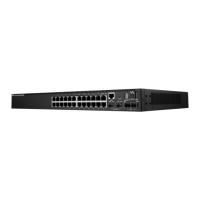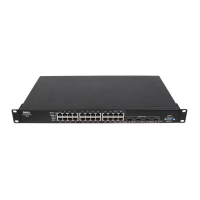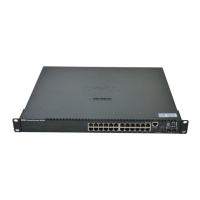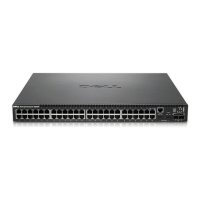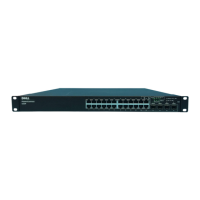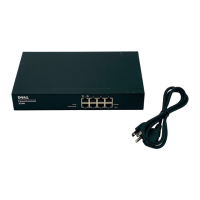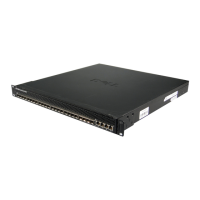Configuring Device Information 323
Viewing the MSTP Interface Table
1
Open the
MSTP Interface Settings
page.
2
Click
Show All
.
The
MSTP Interface Table
page opens:
Figure 7-39. MSTP Interface Table
Configuring VLANs
VLANs are logical subgroups of a Local Area Network (LAN) created via software rather than defining a
hardware solution. VLANs combine user stations and network devices into a single domain regardless of
the physical LAN segment to which they are attached. VLANs allow network traffic to flow more
efficiently within subgroups. VLANs managed through software reduces the amount of time in which
network changes are implemented.
VLANs have no minimum number of ports, and can be created per device or any other logical
connection combination, as VLANs are software based and not defined by physical attributes.
VLANs function at Layer 2. Since VLANs isolate traffic within the VLAN, a Layer 3 router functioning
router is needed to allows traffic flow between VLANs. Layer 3 routers identify segments and coordinate
with VLANs. VLANs are broadcast and Multicast domains. Broadcast and Multicast traffic is transmitted
only in the VLAN in which the traffic is generated.
VLAN tagging provides a method of transferring VLAN information between VLAN groups. VLAN
tagging attaches a tag to packet headers. The VLAN tag indicates to which VLAN the packet belongs.
VLAN tags are attached to the packet by either the end station or by the network device. VLAN tags also
contains VLAN network priority information. Combining VLANs and GVRP enables the automatic
dispersal of VLAN information. To open the VLAN page, click Switch
→ VLAN in the tree view.
QinQ tagging allows network managers to add an additional tag to previously tagged packets. Customer
VLANs are configured using QinQ. Adding additional tags to the packets helps create more VLAN space.
The added tag provides VLAN ID to each customer, this ensures private and segregated network traffic.

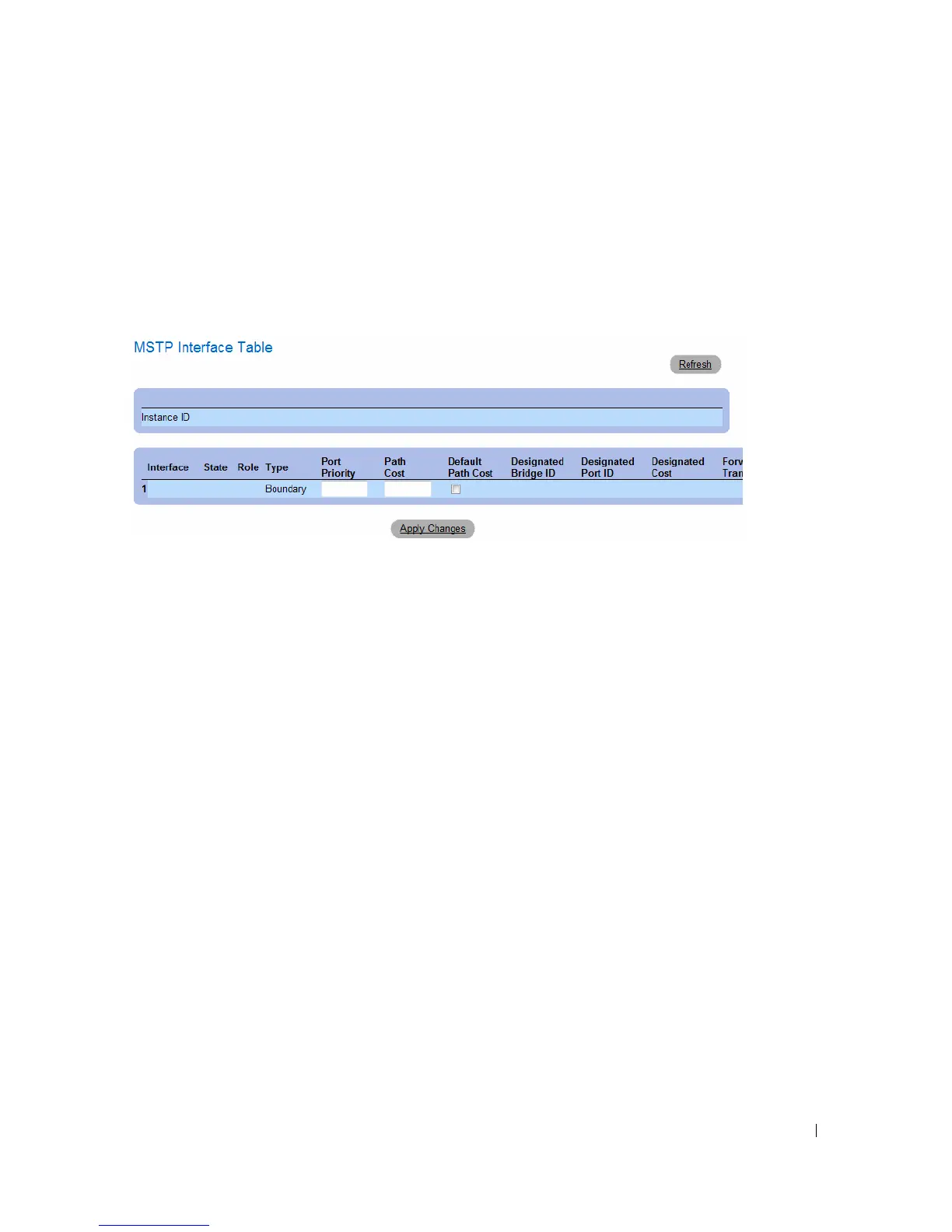